Three Days at Angkor
Angkor Wat is by far the most recognizable landmark in Cambodia. It’s so integral to the country’s history and tourism that it’s featured on Cambodia’s flag. We heard from one guide that tourism to Angkor alone provided as much as 20% of the entire country’s GDP. Not knowing much about Cambodia going in, Angkor was the one must-do attraction we had on our list. What we didn’t realize was that Angkor Wat is just the most famous of dozens of temple ruins in the Angkor Complex. We spent three days exploring these ruins, which was a perfect amount of time to get to know the variety of temples and learn about the Khmer civilization that built them.
During its peak in the 11th to 13th centuries, the Khmer empire was the largest and most technologically advanced civilization in the world. The city of Angkor itself housed more than 1 million people, dwarfing any other city in the world at the time. For comparison, in the same time period, London had a population of just 15,000. This extreme size was made possible by an extensive, revolutionary canal system that tamed the effects of the tropical weather and allowed the empire to grow crops (mostly rice) all year round, even during the half of the year that sees practically no rainfall. This surplus of food allowed the civilization to move away from subsistence farming and develop advanced cities, culture, and religion.
The capital city of Angkor covered an area larger than modern-day Paris; the now seemingly randomly scattered temple ruins in the area were once all part of the same urban sprawl. The Khmer believed that stone houses were reserved for the gods, so standard housing for the general population consisted of mostly wood. The remains of the wooden houses have long since rotted away, and the jungle has reclaimed the land once taken up by the city, leaving only the stone temples standing today.
Visiting even just the most popular temples in the area is a multi-day affair. There are two recommended circuits you can take that will guide you to all the major temples, the Grand Circuit and the Small Circuit. The Small Circuit is about 17 km while the grand circuit runs for approximately 26 km, so they’re not exactly walkable, but not too hard to do with a rented bicycle (or a tuk-tuk if you’d rather sit back and relax). Three days is the perfect amount of time if you want to do the circuits; we did the Small Circuit one day, the Grand Circuit another, and then spent our final day fully exploring Angkor Wat itself.
Bayon is one of the first temples you’ll see on either circuit, as they both begin and end in the Angkor Thom complex, where Bayon is located. Its most striking features are the gigantic stone faces carved at the top of the temple towers, facing in all directions. The temple’s carvings are a mixture of Hindu and Buddhist, as the empire changed its official religion a few times, depending on who was king at the time. The smiling faces are quite impressive, and the effect of a few hundred gigantic stone heads can be pretty mesmerizing.
Another well-known temple along the route is Ta Prohm. This temple is best known for being featured in the 2001 film Tomb Raider with Angelina Jolie. As a result, you’ll commonly hear Ta Prohm referred to as “the Tomb Raider temple”. It’s easy to see why it was chosen for the film; over the centuries, vegetation has retaken much of the temple and trees have sprouted and enveloped entire buildings and hallways. There is a very eerie atmosphere, and you can almost imagine how it would feel to be the first to rediscover the place (if you can ignore the other 200 “explorers” taking pictures). Ta Prohm is extraordinarily photogenic, so we spent more time there than anywhere else besides Angkor Wat itself.
Another cool sight is the two barays in the area. Barays are artificial bodies of water that are uniquely Khmer in style. The one we saw, the Jayatataka Baray, is about 3.5 km by 1 km and a depth of around 3 meters, which is especially impressive when you consider that the entire artificial lake was dug by hand. The West Baray, the largest of the three main barays, is estimated to have required the labor of around 200,000 people in its construction. The Jayatataka Baray we visited has a small shrine in the middle, which you can visit by crossing a wooden bridge to the center point.
And then there is, of course, Angkor Wat itself. Though we glimpsed it on our first two days, we took the third day to explore the temple fully. We opted to hire a guide, who was extremely helpful in explaining the structure of the temple, the symbolism held in its layout, the story behind many of the carvings, and a variety of smaller features that we would have definitely overlooked or not understood had we just been wandering on our own.
After three days, we felt that we had sufficiently explored the complex, although if you’re an enthusiast you might also be interested in exploring the multitude of smaller temple ruins that don’t see much traffic. A few final tips:
- Go early! Siem Reap and Angkor get hot during the day, so to minimize your discomfort and to be able to fully enjoy your time exploring, it’s best to wake up early, explore the temples in the morning, and then head back to the refuge of your hostel pool by early afternoon, when the heat is at its peak. Many people also go for the sunrise view of Angkor Wat, which will get you an even earlier start; we tried to be on our way to the temples by 7:00 am, which generally worked out just fine.
- Mind the weather. Cambodia has two season: wet and dry. If you’re there in wet season like we were, you’ll want to keep in mind that it will rain almost every day. However, the rain is usually restricted to a short, heavy downfall in the early-late afternoon, leaving the mornings and evenings relatively dry. This is another good reason to get there early in the morning. On our first day, we got a bit of a later start and ended up biking back in a torrential downpour, which I cannot in good conscience recommend.
- Know the costs. A one-day pass (at the time of writing) costs $37, and the three-day pass we did costs $62. There are plenty of cheap hostels in Siem Reap, within biking distance of the complex, for $5-$8 per bed per night. Every single hostel in Siem Reap has a pool, which you will definitely want to use to escape the heat. A bicycle costs $2-3 to rent for the day, a motorbike (if you’re comfortable driving one) costs around $5-6, and to hire a tuk-tuk driver to drive you around for the day will cost $20, although with some bargaining you can get that closer to $15. Our tour guide in Angkor Wat itself cost $15, and was well worth the expense.
- Do some research. I’d recommend finding a Netflix special or BBC documentary before arriving to get a better idea of the history of Angkor Wat, the Angkor complex, and the Khmer civilization as a whole. Without context, it could be easy to get a bit of “temple fatigue,” going from temple to similar-looking temple. Having at least a general idea of the history makes your explorations quite a bit richer.
- Have fun!

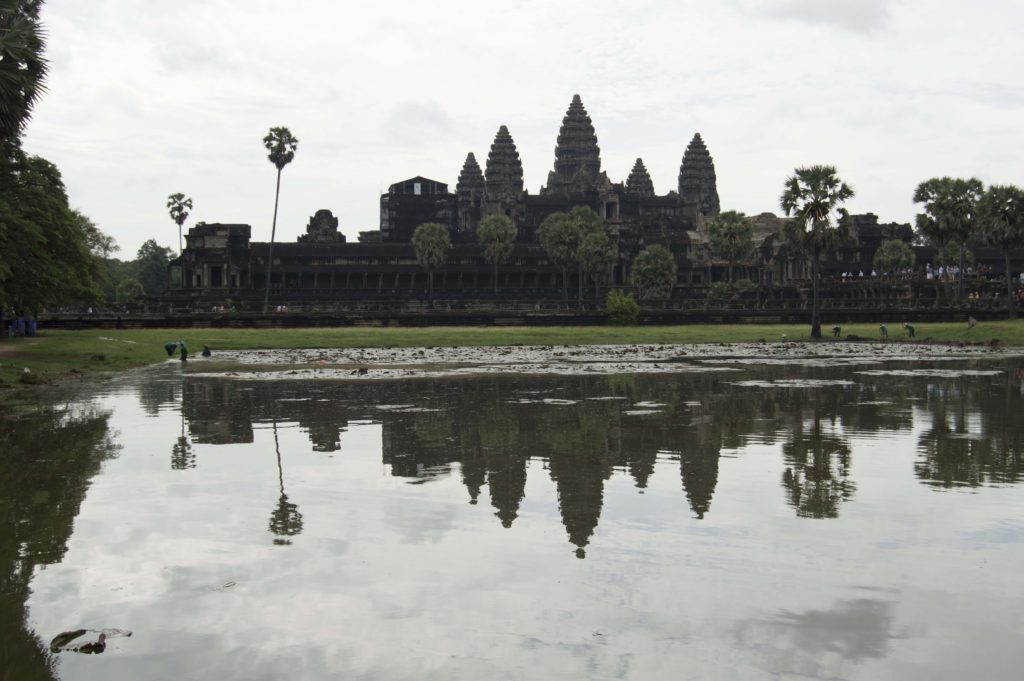

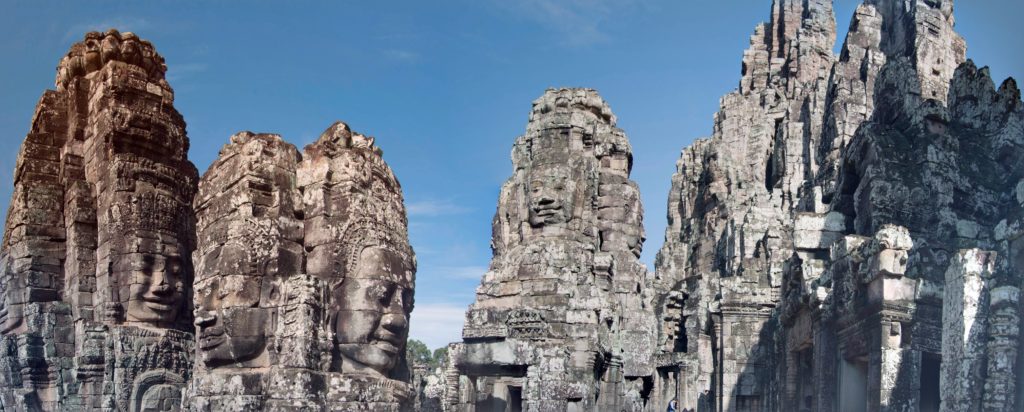
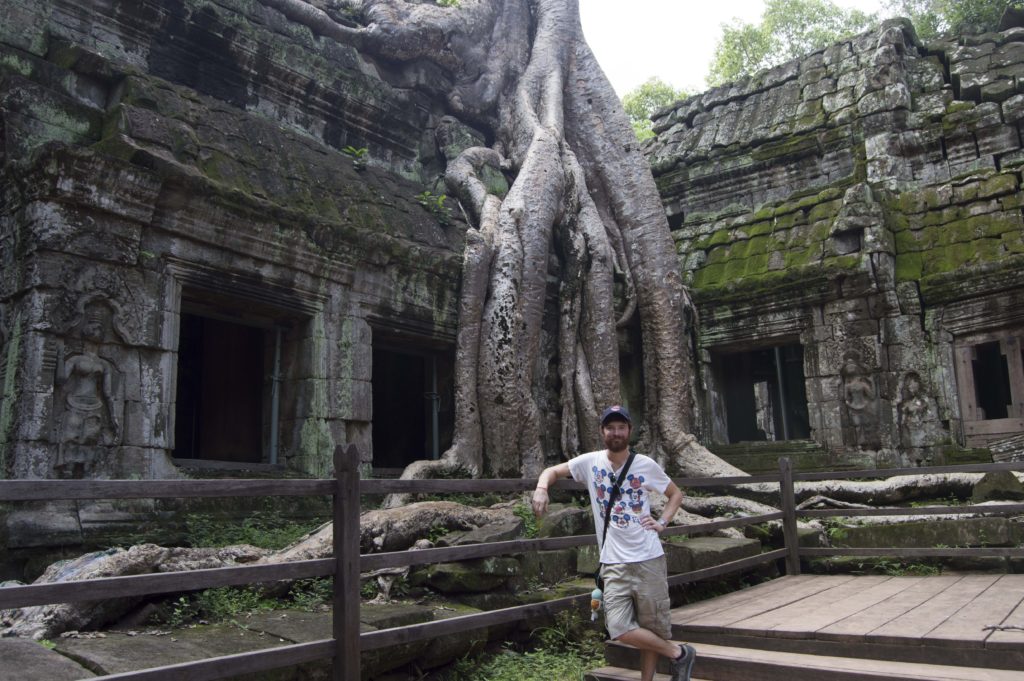

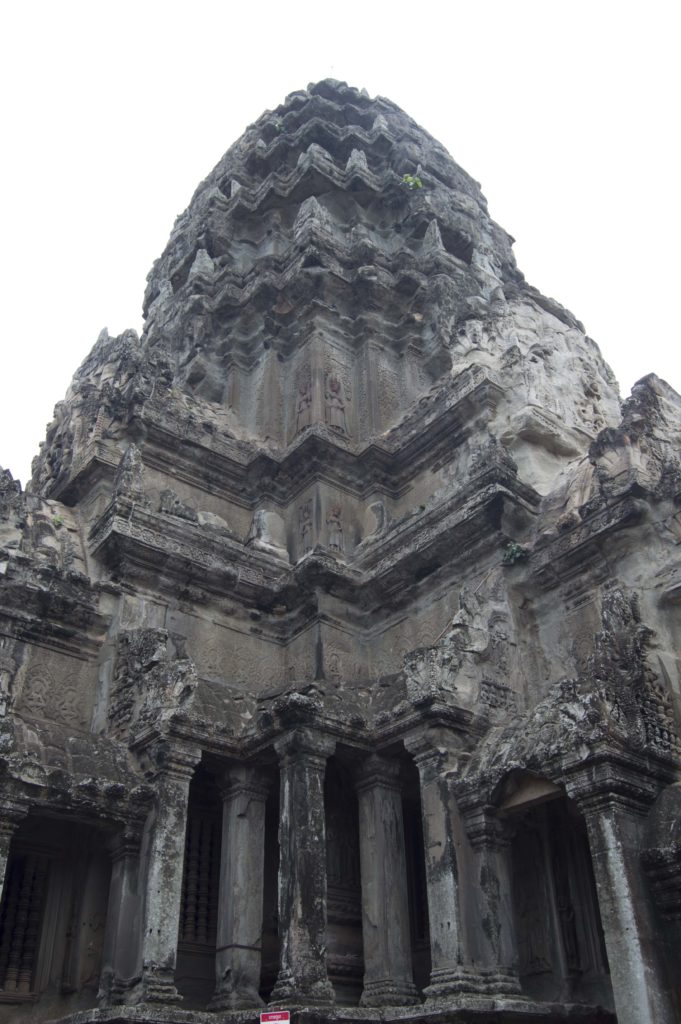
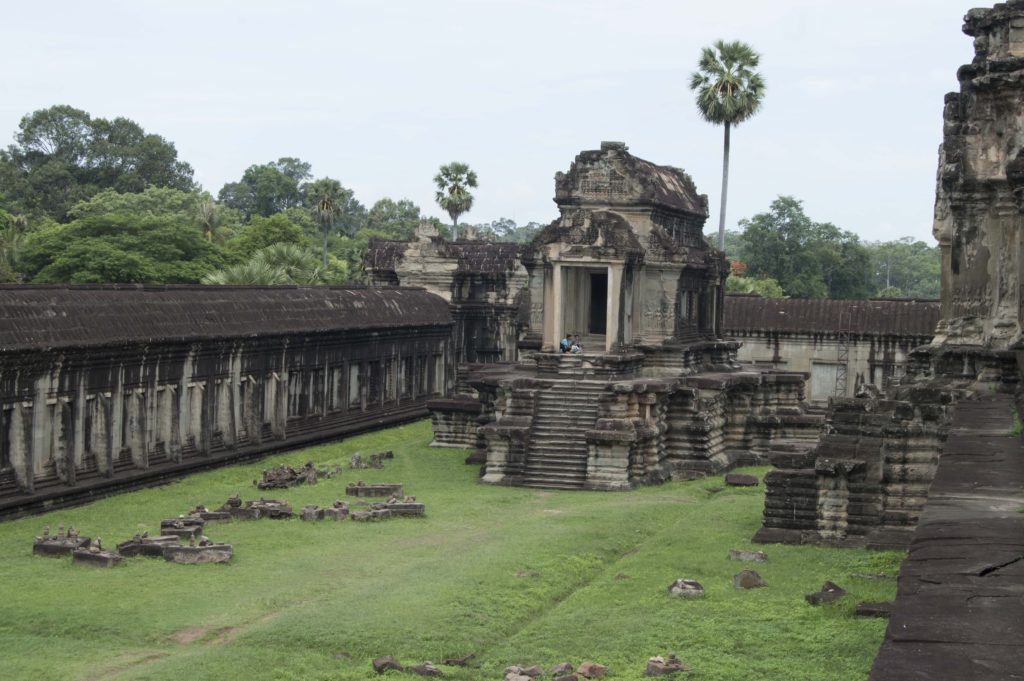
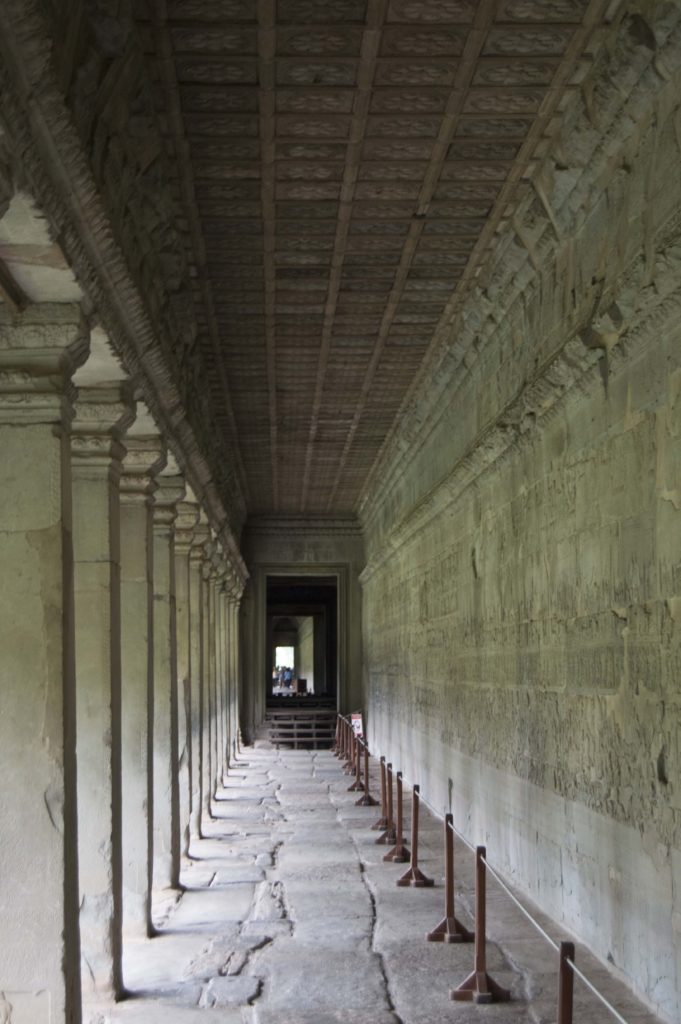








We really enjoyed reliving the Angkor Wat experience through your pictures and commentary.
It is so surreal. Enjoy your travels. We are friends of your parents and appreciate them connecting us to your blog.